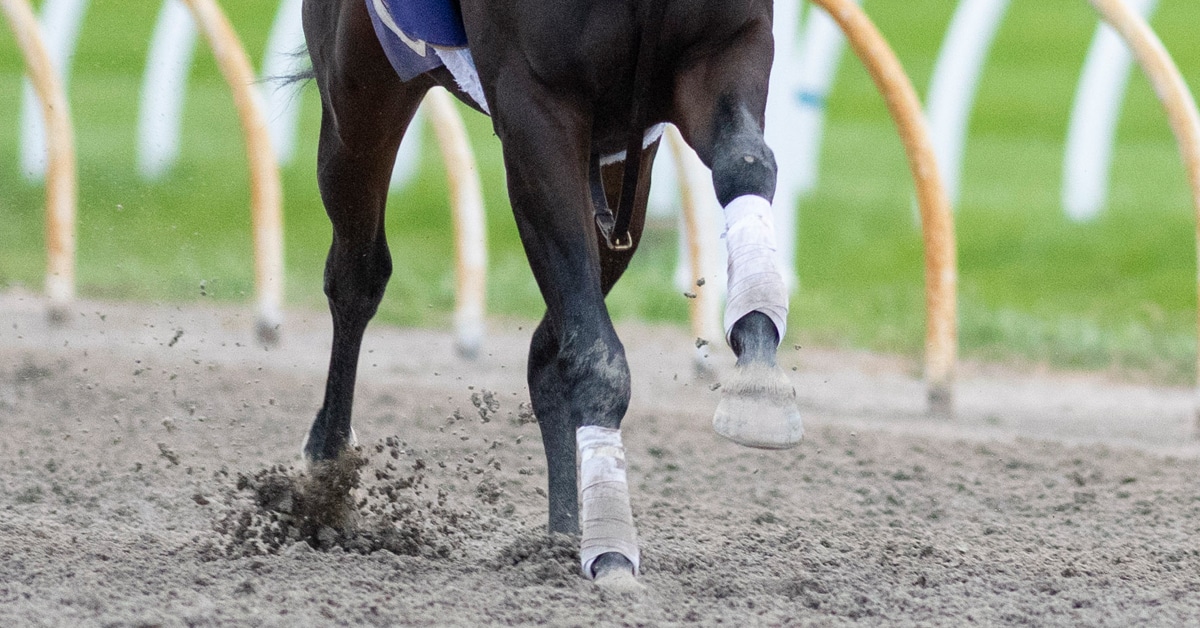High-speed and intensity exercise may be associated with more damage and reduced robustness in injured lower leg bones in racehorses, reports a paper published in Scientific Reports.
Bone lesions often precede stress fractures and are characterized by low bone volume, low mineral density, and high levels of microdamage such as tiny cracks. Lesions often form in response to damaging ‘loading’ of the bone, such as from impact during exercise. However, bone also responds to damage by repairing itself using special cells called osteoclasts, and can in fact become stronger (known as remodelling) through repeated loading during training. Racehorses are particularly vulnerable to potentially fatal stress-fractures due to the high intensity exercise they experience during training and racing.
To explore the relationship between exercise and bone damage, Sarah Shaffer and colleagues examined the proximal sesamoid bone (a bone in the lower leg) during the necropsy of twenty racehorses. The authors examined the fractured and intact proximal sesamoid bones from ten horses who had suffered fatal fractures. They compared the bone mineral density, bone volume, and microdamage in this sample to intact proximal sesamoid bones of ten control horses. Case horses had a bone lesion with high levels of microdamage and low bone volume. These observations were used to estimate the rate of remodelling occurring in the sesamoid bones.
The authors then modelled the relationship between bone damage and remodelling, and exercise intensity, time off from exercise (layups), and exercise levels between two and ten months before the racehorse died. For injured horses, damage at the lesion site was associated with high-speed workouts in the four months prior to death, as well as greater time between races while the horse was in active training. Frequent high-speed exercise before death was also associated with lower bone density at the lesion site. However, at other locations, higher rates of remodelling were associated with more cumulative races in the ten months prior to death.
Further research is needed to better identify when exercise may be beneficial or detrimental to bone health.


